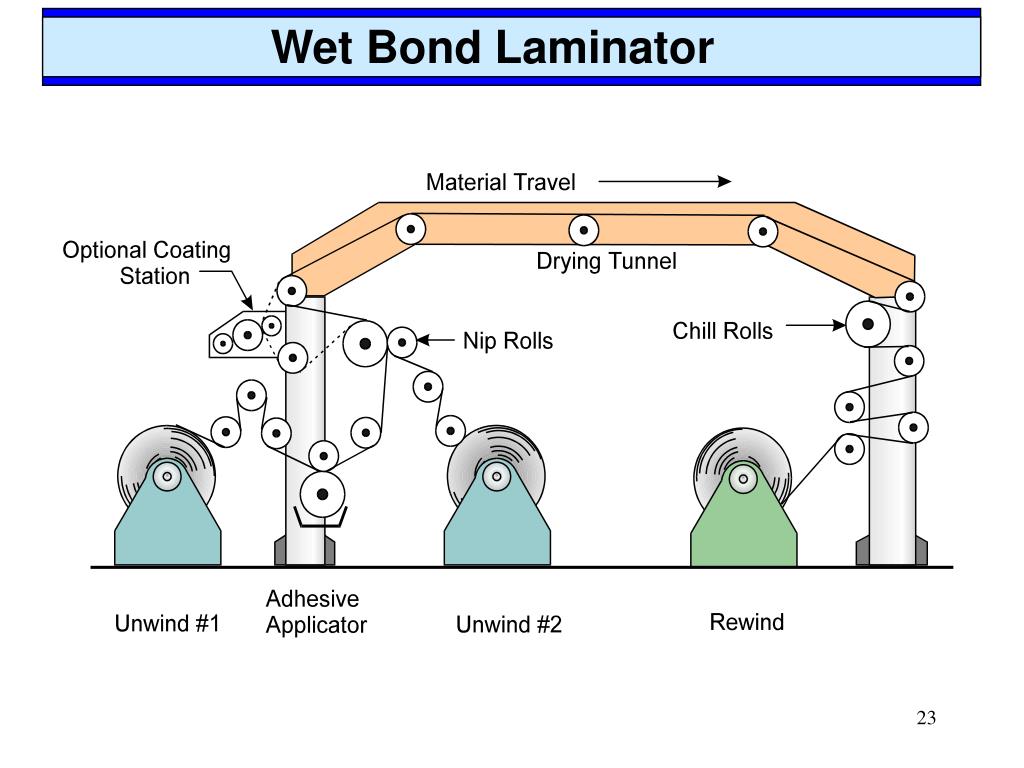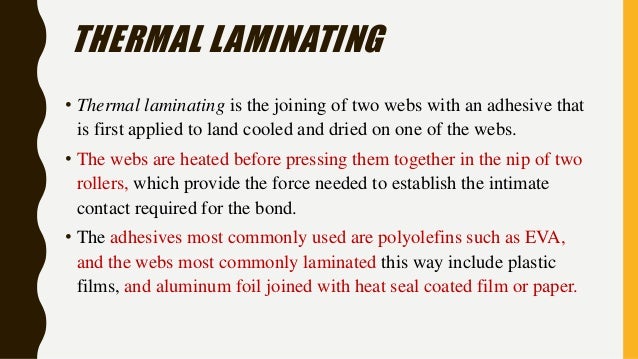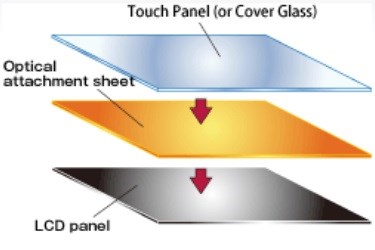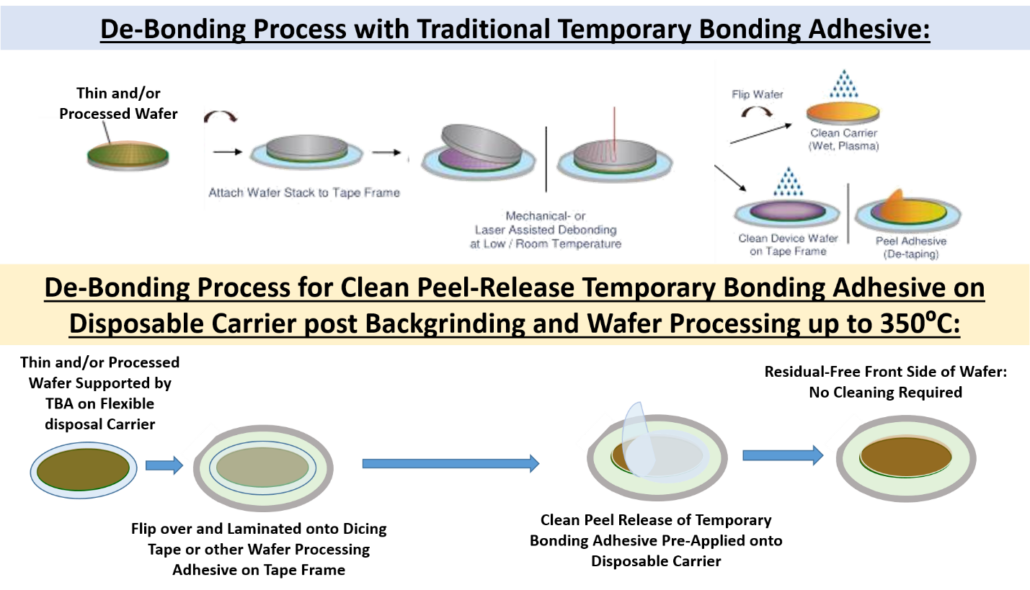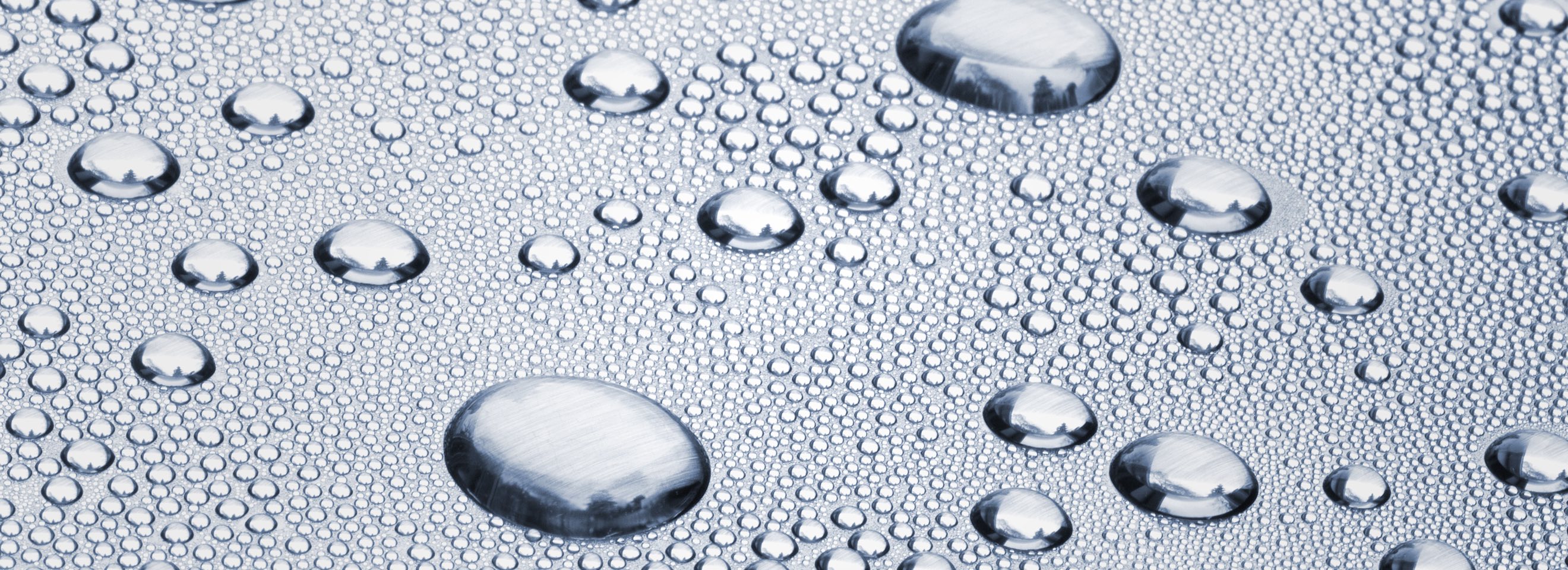Flexible future 2002 they are 100 solid materials that melt to the liquid phase when they are heated to the temperature ranges of 80 200 c and solidify to form bonding when they cool glawe et al 2003.
Wet bond lamination process.
Wet bond lamination is a laminating process used to laminate two substrates one of which is porous such as paper.
For example a foil and paper substrate lamination may be accomplished through a wet bonding process.
Shim in joining textiles 2013.
In the 1930s a wet lamination process with the use of solvents was used to bond shirt collars a woven fabric with cellulose acetate.
Wet bonding refers to any process where a liquid adhesive is applied to a substrate that is then immediately combined with a second ply to create a laminate.
The adhesive lamination process utilizes adhesive to bond two substrates.
10 4 3 hot melt lamination.
The process differentiation is defined by the type of adhesive used and how the adhesive is applied and converted.
Wet lamination is best for the production of aluminum foil or paper laminate where the material is also flexible.
Where the bonding agent is still in a liquid state when the webs are joined together.
In this process the combining agents are kept in liquid form when substrates are needed to be combined.
China water based wet lamination adhesive catalog of waterbrone acrylic dispersion for cold laminating adhesive glue waterborne acrylic laminating adhesive wet glue for bopp to paper provided by china manufacturer anhui elite industrial co ltd page1.
This practice strengthens the bond of the laminate as well.
These processes are classified under four categories.
Hot melt lamination uses hot melt adhesives instead of solvent or water based adhesives laminating and coating.
Once the wet bonding process is applied to each substrate the two substrates will then be combined prior to passing through an.
Laminating machinery can be classified according to the type of bonding agent used to produce the laminates.
One of the first applications was laminating light gauge aluminum foil to tissue using either casein or sodium silicate adhesives.


